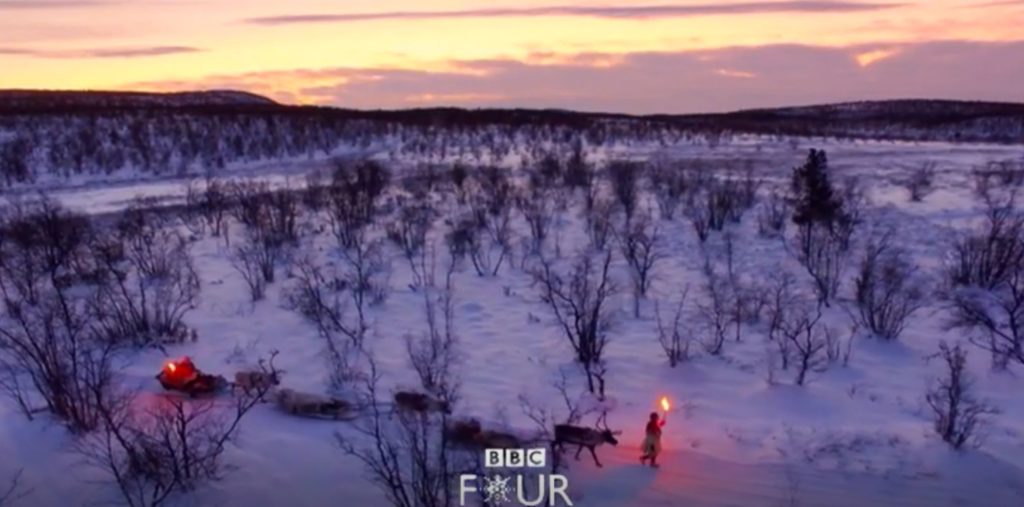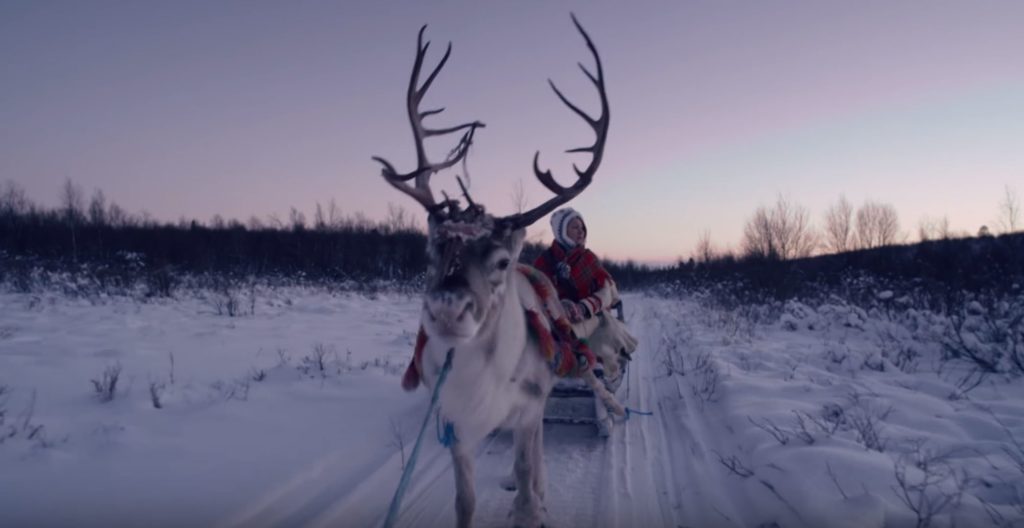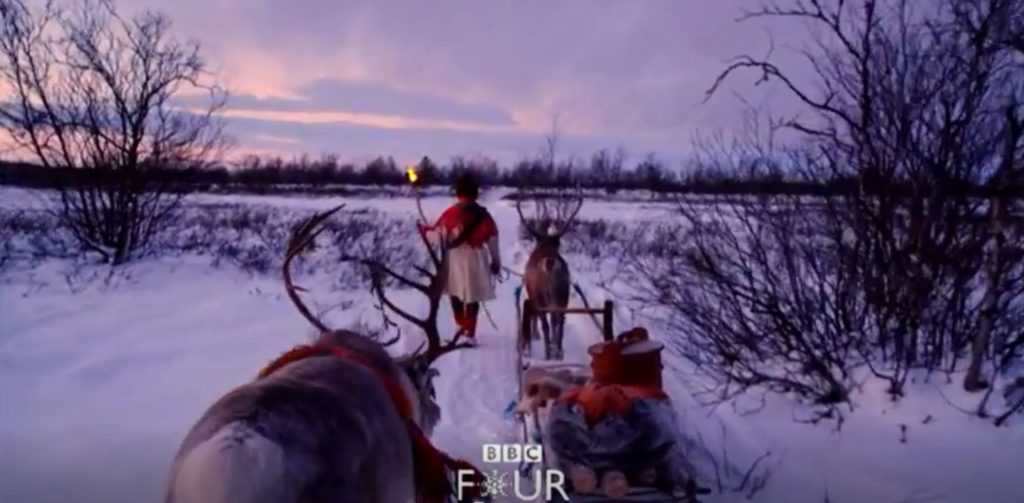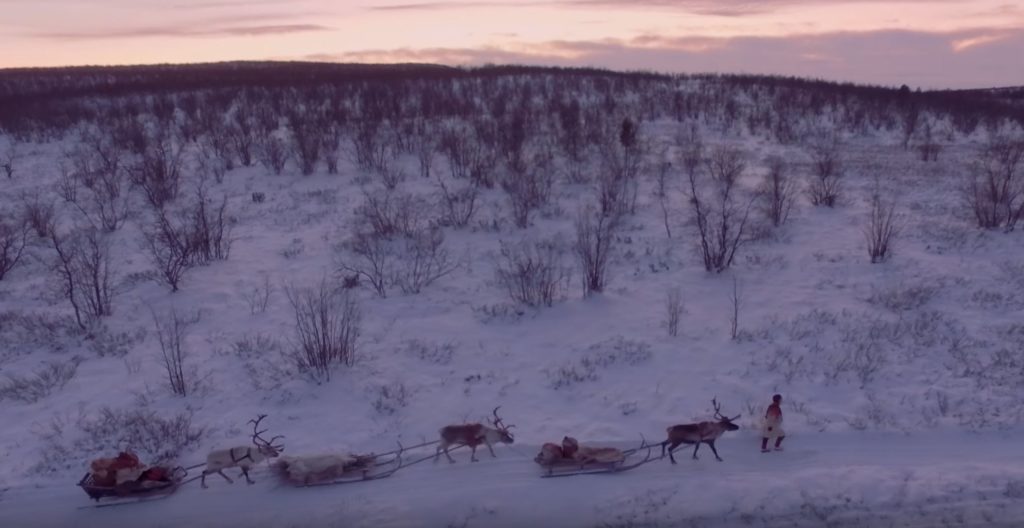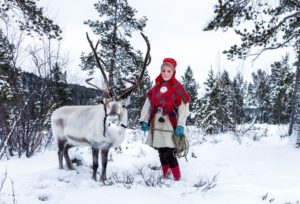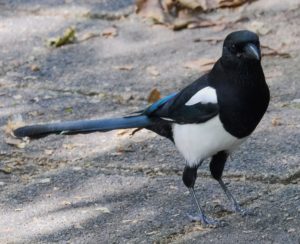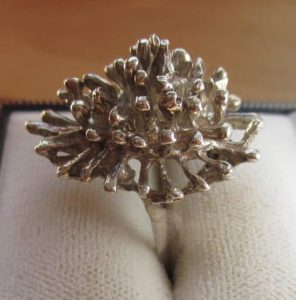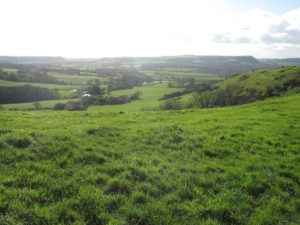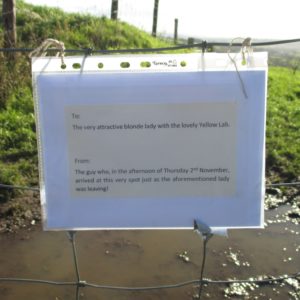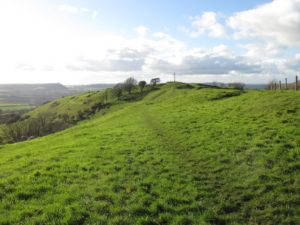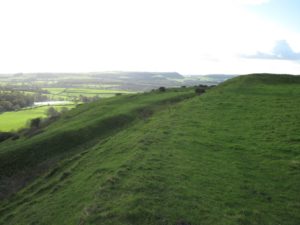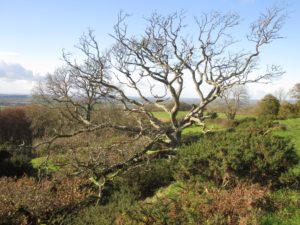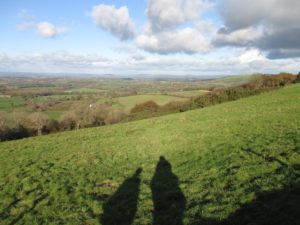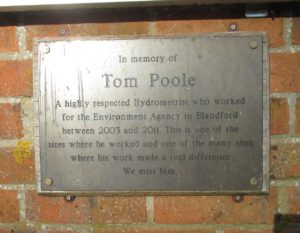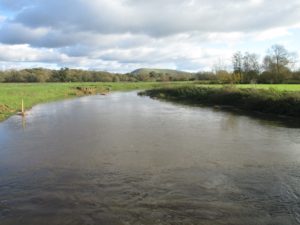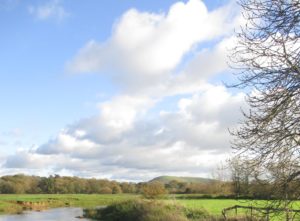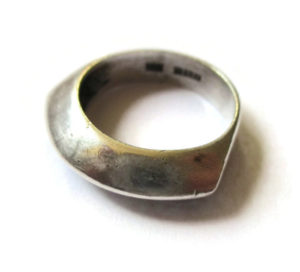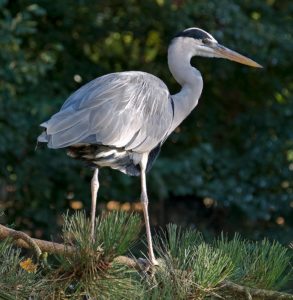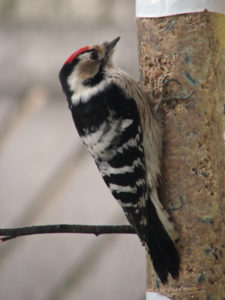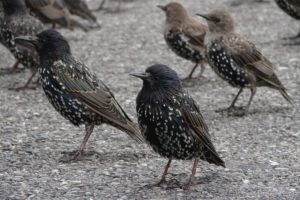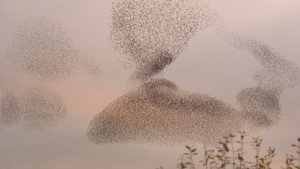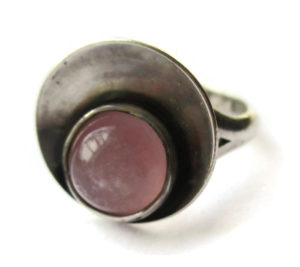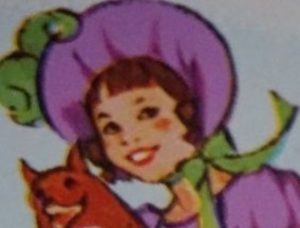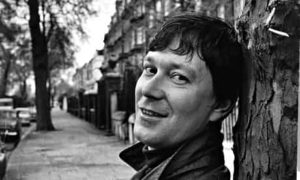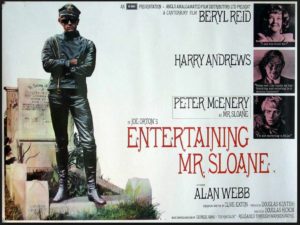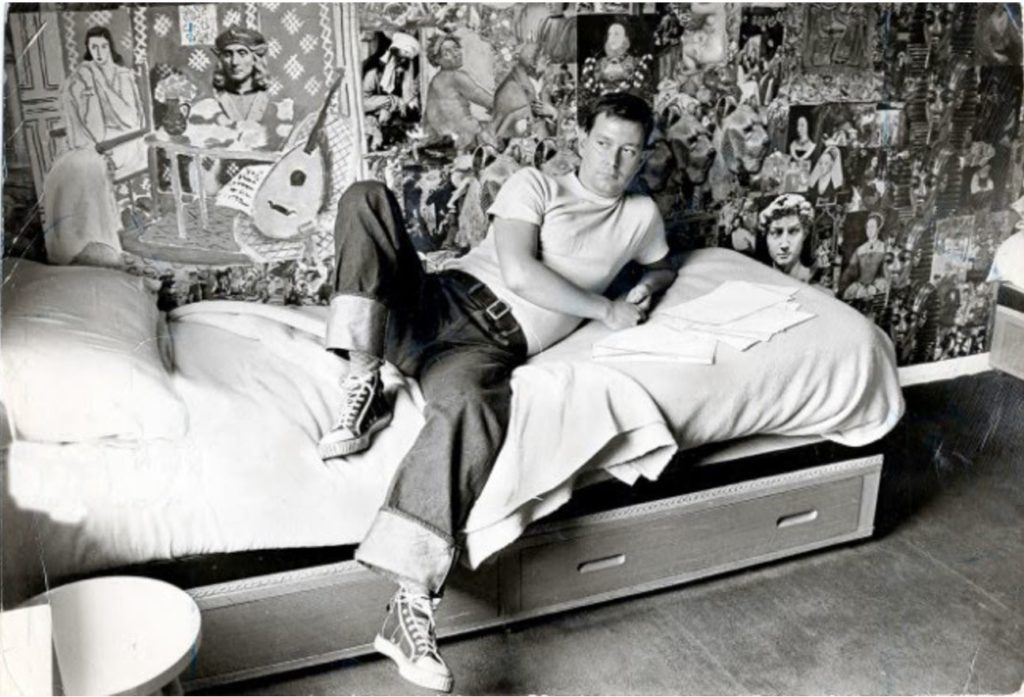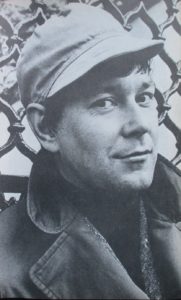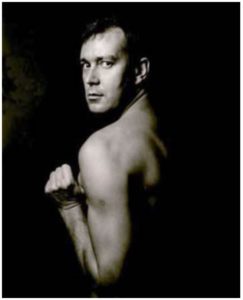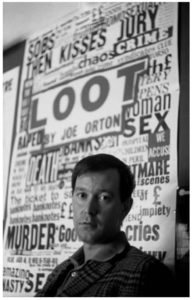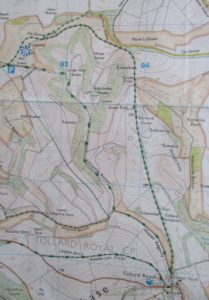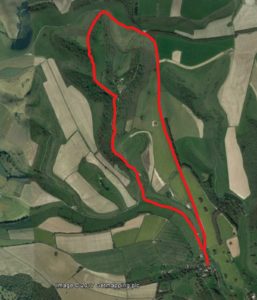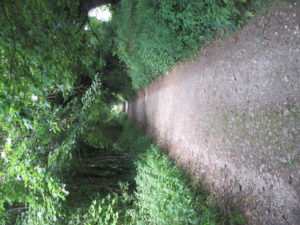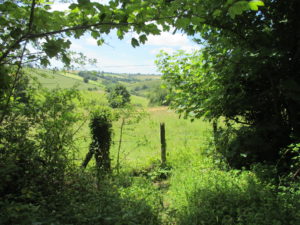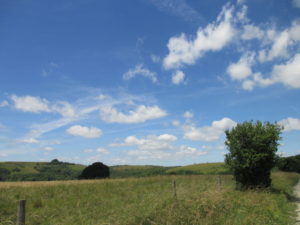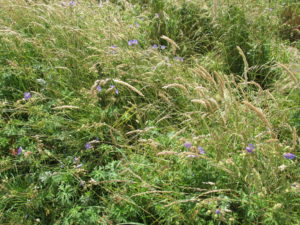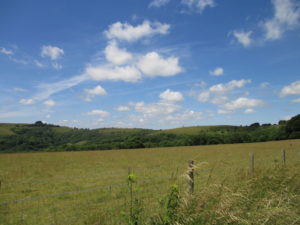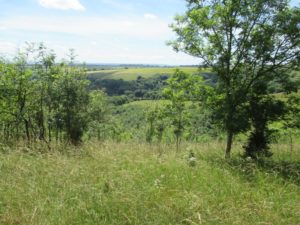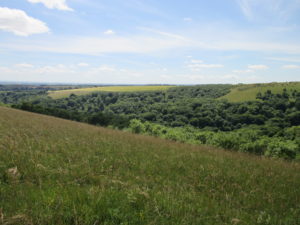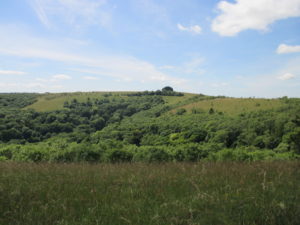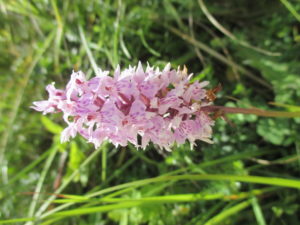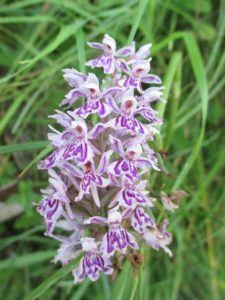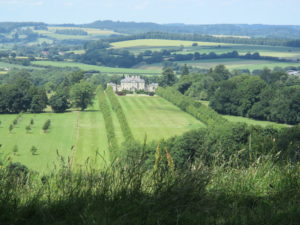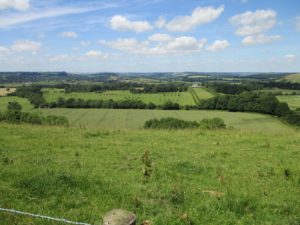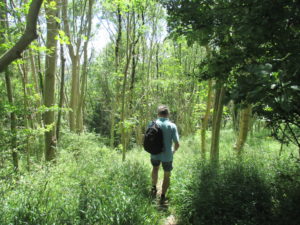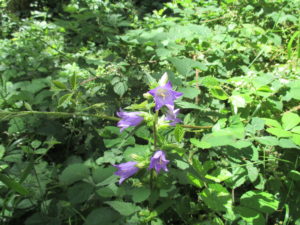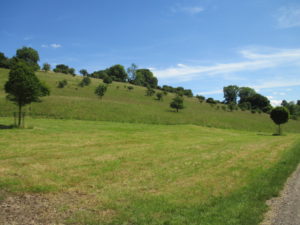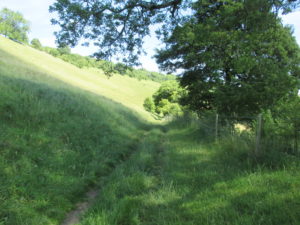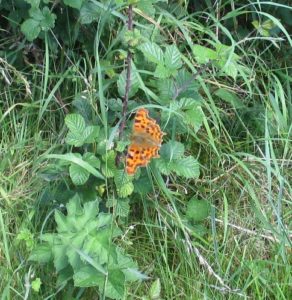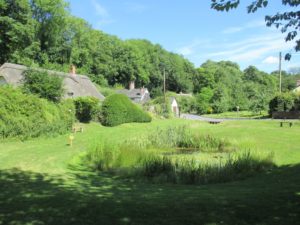Magnus Maximus Designs was a short-lived English jewellery company founded by three designers and jewellery makers, Michael Gray Bell, Pauline Diane Bell and Ian Murray Pennell, who worked in Frizington, a village in Cumbria. During its short period of operation, the company produced a range of stylish jewellery, which can be broadly split in to two main types: pieces using flat or rounded cabochons of semi-precious and other hardstones, and those using nuggets of raw crystals and minerals (‘druzy’). The mounts and frames for these pieces were usually plain and unadorned, creating a minimalist, sculptural effect and showcasing the stones perfectly.
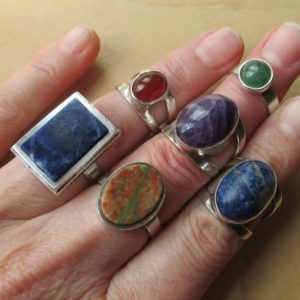
Magnus Maximus Designs rings, in sodalite, amethyst, carnelian, jadeite and agate, all for sale in my Etsy shop, Inglenookery. Click on photo for details. (All rings on middle finger are NOW SOLD).
So far, all the pieces I have seen of theirs are hallmarked between 1971 and 1980. I have seen 1971, 1972 and 1973 Birmingham hallmarks, and 1972 to 1980 inclusive Edinburgh hallmarks, so it looks that they used both Birmingham and Edinburgh Assay Offices for 1972 and 1973, before they decided to change from using Birmingham to Edinburgh. The Edinburgh maker’s mark was registered at the Assay Office there in May 1973, but as it was used on at least one 1972 Edinburgh piece, obviously they were using it before it was registered. I’ve arranged all the Magnus Maximus Designs pieces I have/have sold in date order below:
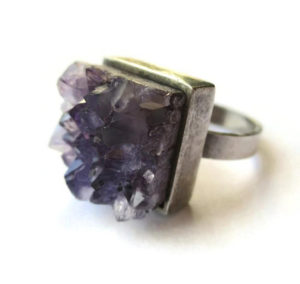
1971 Magnus Maximus Designs druzy amethyst ring, hallmarked in Birmingham. For sale in my Etsy shop, Inglenookery: click on photo for details.
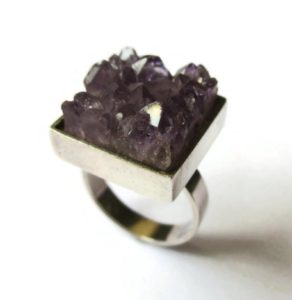
1971 druzy amethyst ring, Birmingham hallmark. For sale in my Etsy shop, Inglenookery. Click on photo for details.
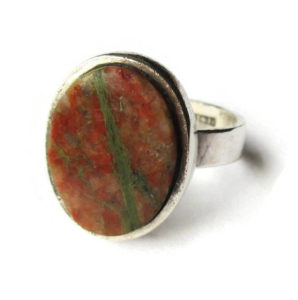
1971 red stone ring by Magnus Maximus Designs, hallmarked in Birmingham. For sale in my Etsy shop, Inglenookery: click on photo for details. (NOW SOLD).
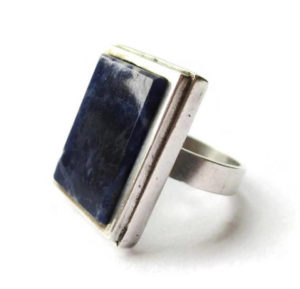
1971 sodalite ring with Birmingham hallmark, by Magnus Maximus Designs. For sale in my Etsy shop, Inglenookery: click on photo for details.
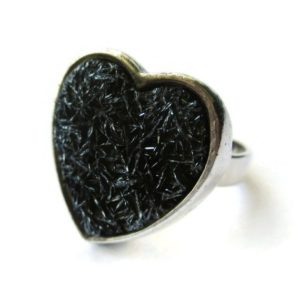
1972 black druzy crystal or mineral loveheart ring by Magnus Maximus Designs with a Birmingham hallmark. For sale in my Etsy shop, Inglenookery: click on link for details. (NOW SOLD).
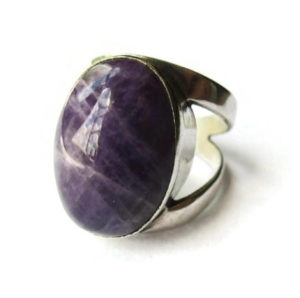
1972 amethyst ring by Magnus Maximus Designs, Birmingham hallmark. For sale in my Etsy shop, Inglenookery: click on photo for details. (NOW SOLD).
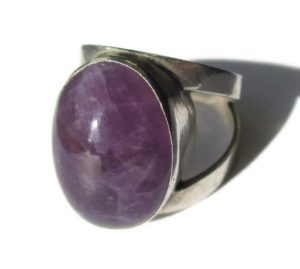
1972 amethyst ring by Magnus Maximus Designs, Birmingham hallmark. For sale in my Etsy shop, Inglenookery: click on photo for details.
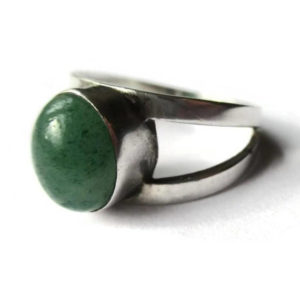
1972 jadeite ring by Magnus Maximus Designs, with an Edinburgh hallmark. For sale in my Etsy shop, Inglenookery: click on photo for details.
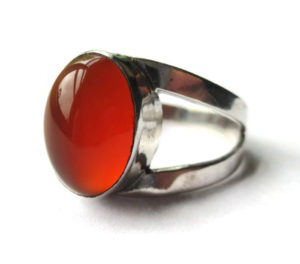
1973 carnelian ring by Magnus Maximus Designs, Birmingham hallmark. For sale in my Etsy shop, Inglenookery: click on photo for details. (NOW SOLD).
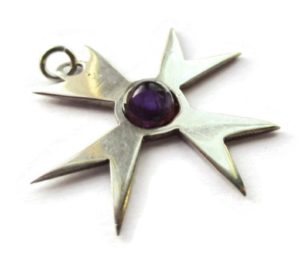
1973 1974 Magnus Maximus Designs amethyst pendant in the shape of Maltese Cross. For sale in my Etsy shop, Inglenookery: click on photo for details.
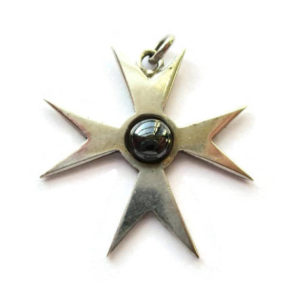
1973-1974 haematite Maltese Cross pendant by Magnus Maximus Designs, Edinburgh hallmark. For sale in my Etsy shop, Inglenookery: click on photo for details. (NOW SOLD).
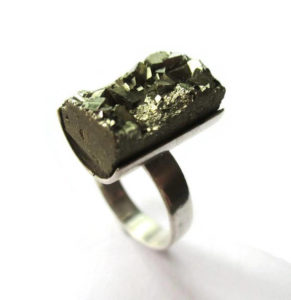
1973-1974 iron pyrites druzy ring by Magnus Maximus Designs, hallmarked in Edinburgh. For sale in my Etsy shop, Inglenookery: click on photo for details.
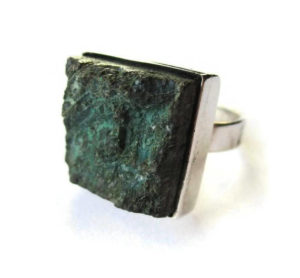
1973-1974 druzy copper mineral ring, likely raw malachite, by Magnus Maximus Designs, hallmarked in Edinburgh. For sale in my Etsy shop, Inglenookery: click on photo for details. (NOW SOLD).
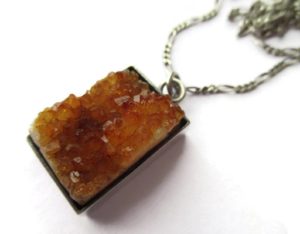
1973-1974 druzy citrine pendant and chain, pendant hallmarked in Edinburgh and made by Magnus Maximus Designs. For sale in my Etsy shop, Inglenookery: click on photo for details. (NOW SOLD).
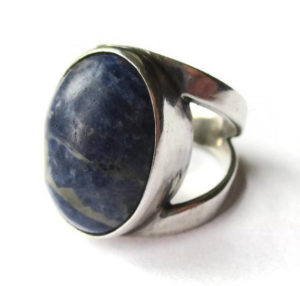
1973-1974 sodalite ring with Edinburgh hallmark, by Magnus Maximus Designs. For sale in my Etsy shop, Inglenookery: click on photo for details.
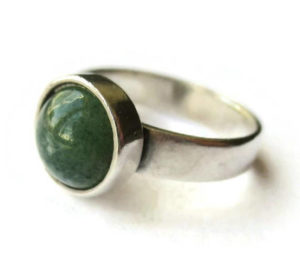
1973-1974 jadeite ring by Magnus Maximus Designs, Edinburgh hallmark. For sale in my Etsy shop, Inglenookery: click on photo for details. (NOW SOLD).
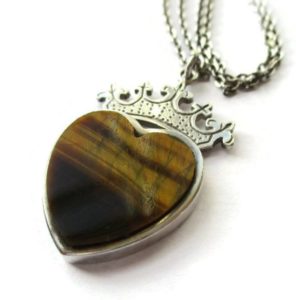
1973-1974 tiger’s eye luckenbooth pendant and chain by Magnus Maximus Designs, Edinburgh hallmark. For sale in my Etsy shop, Inglenookery: click on photo for details. (NOW SOLD).

1977 snowflake obsidian heart-shaped pendant by Magnus Maximus Designs, hallmarked in Edinburgh. For sale in my Etsy shop, Inglenookery: click on photo for details. (NOW SOLD).
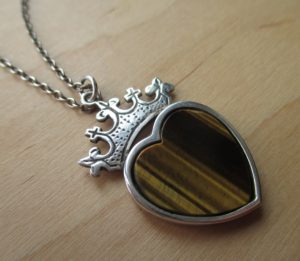
1977 tiger’s eye pendant by Magnus Maximus Designs, Edinburgh hallmark. For sale in my Etsy shop, Inglenookery: click on photo for details. (NOW SOLD).
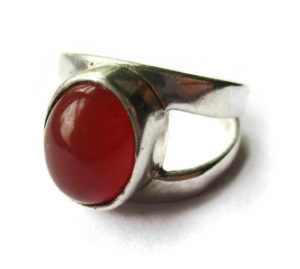
1978 carnelian ring by Magnus Maximus Designs, Edinburgh hallmark. For sale in my Etsy shop, Inglenookery: click on photo for details.
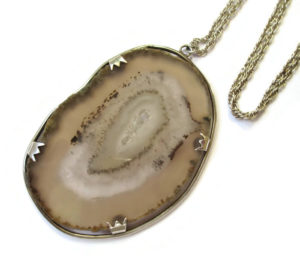
1978 massive agate slice pendant by Magnus Maximus Designs, hallmarked in Edinburgh. For sale in my Etsy shop, Inglenookery: click on photo for detail.
I have an interesting pewter pendant which is marked on the back by hand with their maker’s mark initials. I am certain this is by Magnus Maximus Designs, but have seen no other pewter pieces by them. Stylistically it would fit well win their oeuvre, with a flat cabochon of an agate-like stone, perhaps serpentine, and a bold sculptural frame.
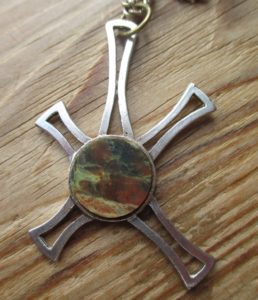
Pewter and hardstone pendant almost certainly by Magnus Maximus Designs. For sale in my Etsy shop, Inglenookery: click on photo for details.
The company also made a series of silver pendants and brooches with British wild birds: I have seen a ?dove (see photo below, for sale in my shop), a sea eagle / osprey with a fish it has just caught, and a duck (mallard?).
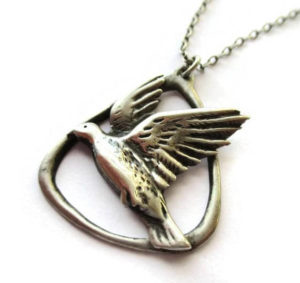
1978 Magnus Maximus Designs sterling silver bird (?dove) pendant, Edinburgh hallmark. For sale in my Etsy shop, Inglenookery: click on photo for details. (NOW SOLD).
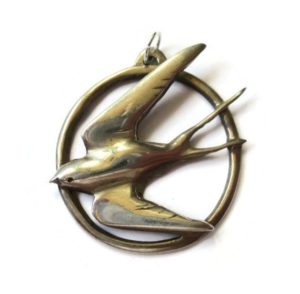
1978 swallow pendant by Magnus Maximus designs, with an Edinburgh hallmark. For sale in my Etsy shop, Inglenookery: click on photo for details. (NOW SOLD).
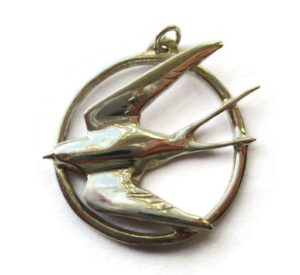
1980 swallow pendant by Magnus Maximus designs, with an Edinburgh hallmark. For sale in my Etsy shop, Inglenookery: click on photo for details. (NOW SOLD).
As there seem to be no pieces post-dating 1980, I assume that the company ceased trading in the very early 1980s.
I would love to know more about this company, and what the three designers went on to do. If you have any information, I’m all ears!
